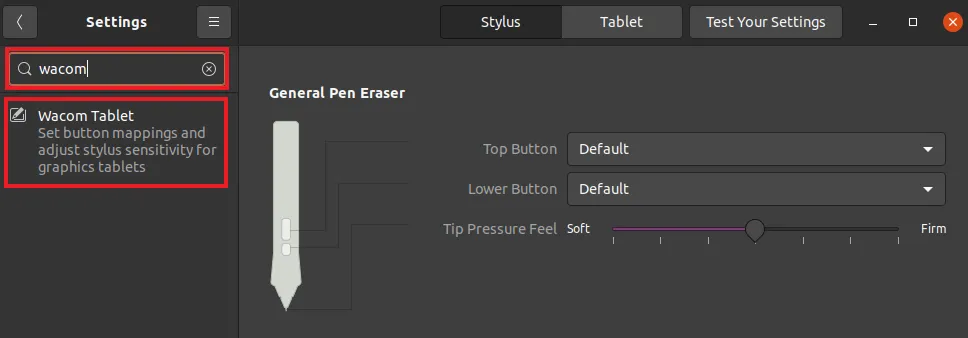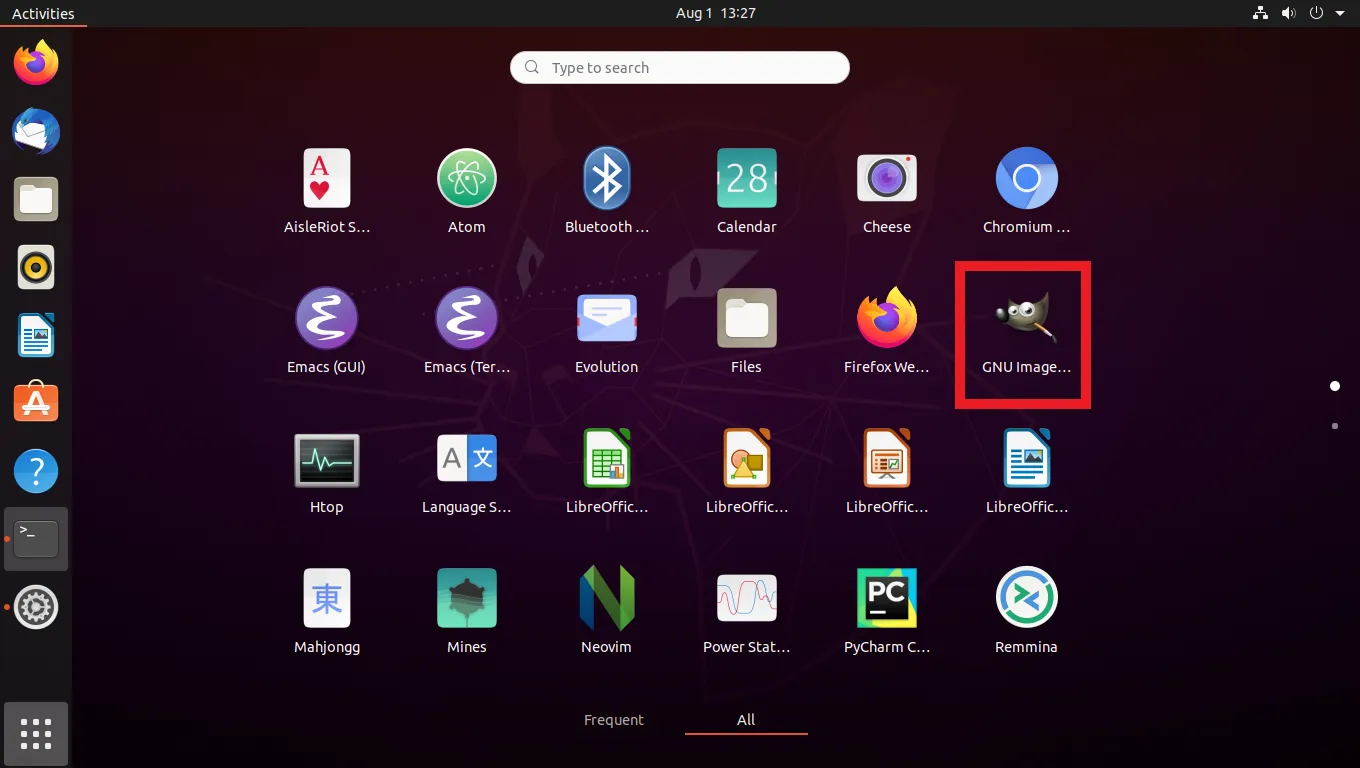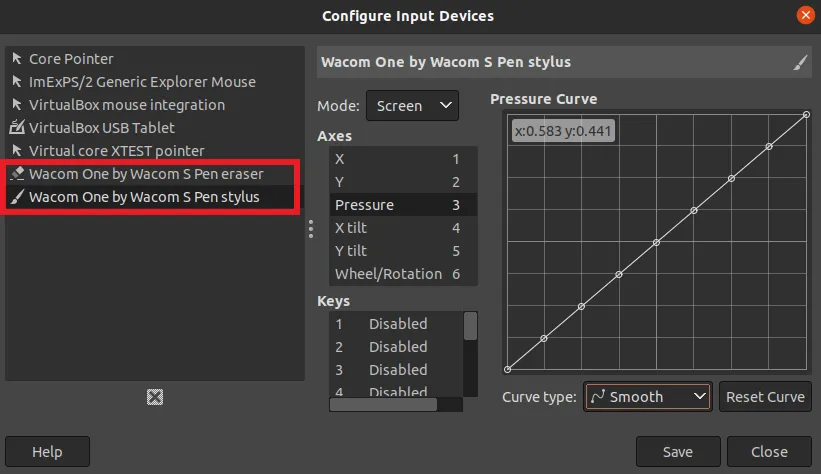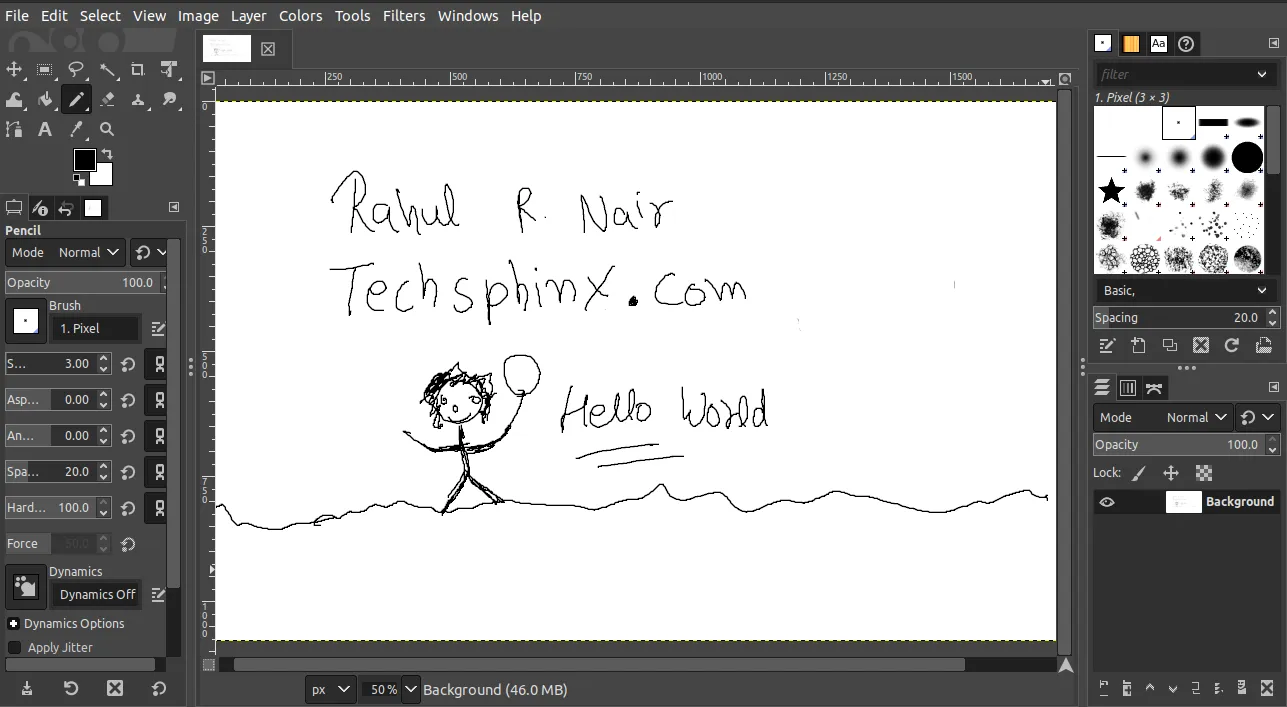This post may contain affiliate links/ads and I may earn a small commission when you click on the links/ads at no additional cost to you. As an Amazon Affiliate, I earn from qualifying purchases. Techsphinx also participates in the StationX Affiliate program. You can read my full disclaimer here.
In my other post, I have mentioned some great drawing tablets for Linux. Now, in this guide, I will show you How to set up a Wacom tablet on Linux.
Most Linux distros already have Wacom drivers pre-installed, you just have to plug your Wacom tablet and you’re good to go.
If by any chance, your particular Linux OS doesn’t have the drivers pre-installed, then you have to manually install the drivers. The Linux Wacom project provides necessary drivers for the Wacom tablet to work on Linux based systems.
Pre-Requisites to Setup Wacom Tablet on Linux
- Wacom Tablet (I am using One by Wacom (CTL-472) model)
- Linux based OS installed and running (I am using Ubuntu here.)
- Internet connection to download Wacom drivers.
- Sudo / Root access required.
The Linux Wacom Project
The Linux Wacom Project manages the drivers, libraries and documentation for working of Wacom tablets on Linux based systems.
Their drivers are pre-installed in major Linux distros and provide out-of-the-box support for a variety of Wacom tablets. All you have to do is plug in the Wacom tablet and start working.
Linux Wacom project provides drivers that are compatible with most distributions released since 2010. If the model is too new, then there are chances the drivers are not inbuilt in your Linux distro. In this case, you have to manually install the drivers.
Linux Wacom provides 3 packages for configuring and running Wacom tablets.
Each of these packages serves a different purpose. You just have to install the package/s that fits your use case.
The packages and their respective use cases are as follows:
1. Kernel Drivers – If the system does not recognize your tablet and move the mouse pointer.
2. X Driver – If applications do not recognize the tablet and provide pressure sensitivity.
3. libwacom – If the control panel does not recognize your tablet and provide appropriate options.
But before manually installing anything, it’s recommended to perform a system update to ensure the latest drivers are automatically installed which may be sufficient for your tablet to work.
To do a system update use the following command:
On Ubuntu/Debian based systems:
sudo apt update && sudo apt upgrade
On RedHat/Fedora based systems:
sudo dnf update
For Arch-based systems:
sudo pacman -Syu
After the system update, restart your PC and check if the tablet is working. If it still doesn’t work, then proceed with installing Wacom drivers manually.
Installing Wacom Drivers on Linux
The easiest way to install or update the Wacom driver is to use the packages provided by your distribution.
Note: The commands I am using here are for Ubuntu / Debian / Linux Mint. You can find commands and detailed instructions for other Linux distributions by following these links:
Kernel Drivers | X Drivers | Libwacom
Installing Kernel Driver:
1. To Install kernel drivers, first download and extract the latest release from Linux Wacom releases page.
2. Install the necessary dependencies.
sudo apt-get install build-essential autoconf linux-headers-$(uname -r)
3. Next, navigate to the extracted directory and run the following command:
if test -x ./autogen.sh; then ./autogen.sh; else ./configure; fi && make && sudo make install || echo "Build Failed"
4. After successful installation, reboot the system. The drivers should automatically load after rebooting the system and your Wacom tablet should be detected.
In case, you face any errors in the above steps, then visit the Linux Wacom official documentation for detailed instructions.
Installing X Driver:
I am installing X Driver on Ubuntu here, so I am using the following command:
sudo sh -c "apt-get update && apt-get install xserver-xorg-input-wacom$(dpkg -S $(which Xorg) | grep -Eo -- "-hwe-[^:]*")"
You can find the command to install X Driver for your particular distros on the xf86-input-wacom GitHub page.
Installing libwacom:
1. Install the build dependencies:
sudo apt-get install build-essential libtool && sudo apt-get build-dep libwacom
2. Download and extract the libwacom from the libwacom releases page.
Build using Autotools:
Note: autotools support has been removed since libwacom versions 2.0. If you are trying to install libwacom 2.0 and above, then consider using the meson method below.
Navigate to the extracted directory and run the following commands:
./autogen.sh --prefix=/usr --libdir=/usr/lib/x86_64-linux-gnu/
make
sudo make install
Once installation is complete, restart the system.
Build using Meson:
1. Install the build dependencies:
sudo apt-get install build-essential libtool && sudo apt-get build-dep libwacom
2. Install other necessary tools and dependencies:
sudo apt install meson cmake libgudev-1.0-dev python3-pip
3. Install Python dependencies:
pip3 install libevdev pyudev pytest
Note: If you get a warning related to pytest installed in a location which is not on PATH, then you will need to add the location to the PATH.
export PATH="/home/$USER/.local/bin:$PATH"
4. Navigate to the libwacom extracted directory and run the following command to build and install libwacom using meson:
meson builddir --prefix=/usr
ninja -C builddir sudo
ninja -C builddir install
5. Restart the system.
Wacom Tablet settings in GNOME
Once you have successfully installed the necessary drivers, run the following command and you should be able to see your Wacom tablet.
lsusb

You can also use xsetwacom command to see the list of Wacom devices attached to your PC.
xsetwacom --list devices

Using xsetwacom command, you can also customize the buttons and other settings for your tablet. Use the manual of xsetwacom to learn further about its usage.
man xsetwacom
You can also use the graphical settings provided by GNOME to configure your Wacom tablet on Linux.

Open settings and search for Wacom. You’ll find the settings for the stylus and tablet there.

Installing, Configuring and Using Wacom Tablet with GIMP
GIMP (GNU Image Manipulation Program) is a cross-platform image editor available for GNU/Linux, OS X and Windows operating systems.
Whether you are a graphic designer, photographer, illustrator, or scientist, GIMP provides the tools needed for high-quality image manipulation.
Let’s see how to install this program on Ubuntu and configure the Wacom tablet to use with GIMP.
Installing GIMP
1. GIMP is available in the Ubuntu Software Center. You can either install it graphically or using the command:
sudo apt install gimp
2. After installation, you can start GIMP graphically via the applications menu.

Configuring Wacom with GIMP
Now, to configure the Wacom tablet with GIMP follow the steps:
1. Open GIMP and click on Edit → Input Devices
Or
Edit → Preferences → Input Devices → Configure Extended Input Devices
This will open the “Configure Input Devices tab”

2. You’ll see the settings for your tablet, pen etc. You can change the mode, pressure curve, keys and other options according to your convenience.
3. After configuring, save and close the tab.
Using Wacom with GIMP
Now, try to draw or write something using your Wacom tablet on GIMP.

Conclusion
I hope this guide helped you to set up the Wacom tablet on your Linux Distro. As I previously said, the Wacom drivers are inbuilt in most Linux distros, so you will not have any problem using them especially on GNOME and KDE Desktop environments.
If you are an artist, then go for KDE desktop environment as it has support for most tablet devices along with the famous painting program – Krita.
If you like this post, then follow Techsphinx on Facebook and Twitter for more reviews, tricks, tips and tutorials.
This article needs update or correction? Report the issue here so I can update it.





